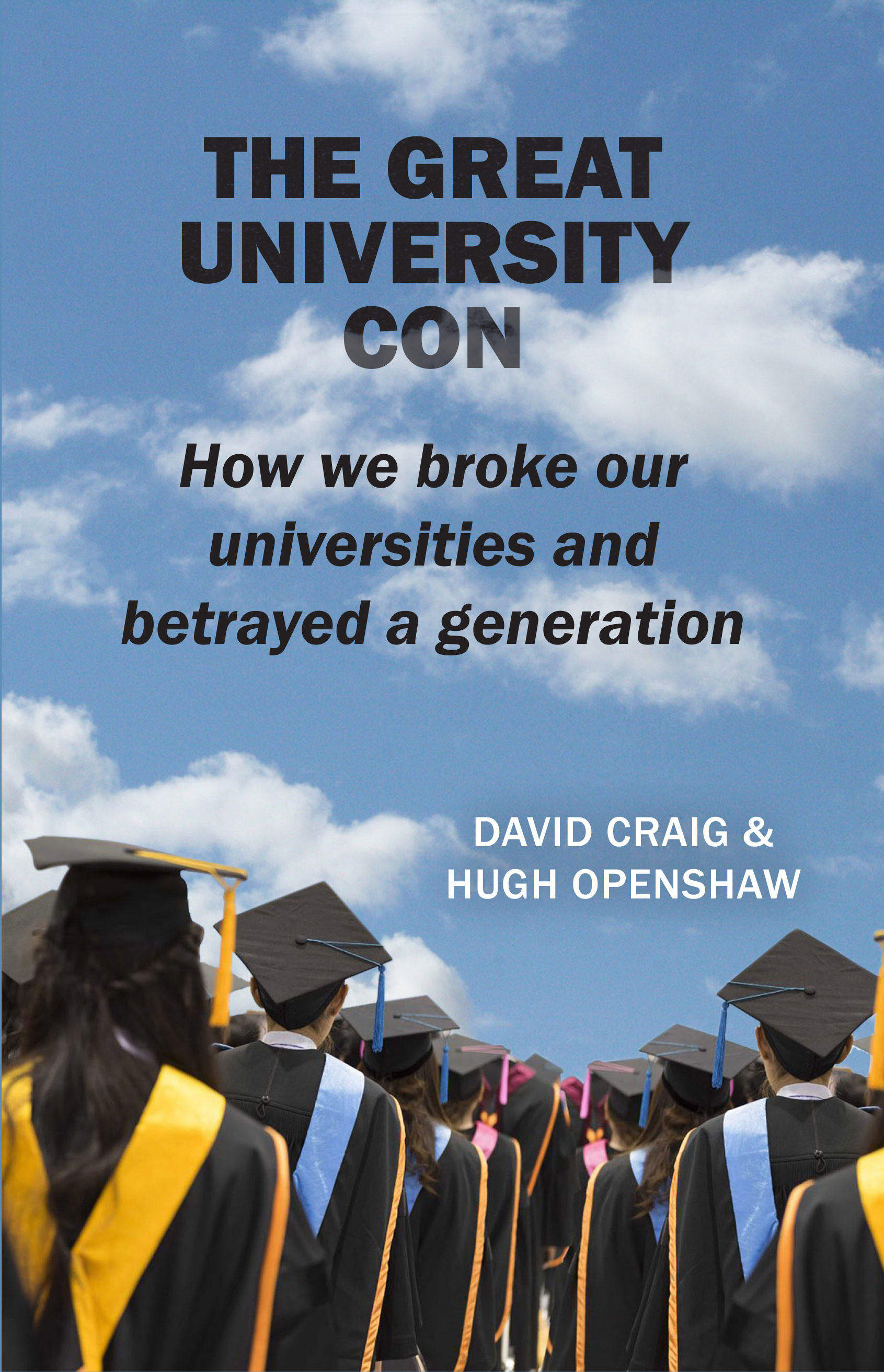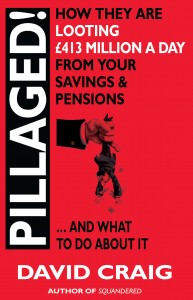(Tuesday to Friday blog)
I’m afraid it’s still climate change
There’s one aspect of our rulers’ great plans for their net-zero paradise by 2050 that they might not have fully considered.
I’m sure we’re all looking forward to the glorious future when much of our electricity will supposedly come from nature’s blessing – nice, clean, CO2-free wind.
But there’s one slight drawback with wind power – the vast amount of land required to produce often quite modest amounts of electricity. There are many ways of estimating how much land we will need for wind turbines to meet our political leaders’ and climate activists’ plans for the net-zero nirvana by 2050. Here I’ll just take a study done by Princeton University in 2020/2021. The university calculated that for the U.S. to supply half of its predicted 2050 energy use from wind and a third from solar, would require 210,000 square miles (544,000 km�) to be covered by wind farms and a further 15,000 square miles (39,000 km�) devoted to solar. That’s equivalent to covering around 7.5% of all USA land with wind and solar farms.
The UK government’s plans issued in December 2020, are curiously also based on 49% of our 2050 energy coming from wind and 32% from solar � very close to the Princeton estimates for the U.S. We know that the population of the U.S. is about 4.9 times that of the UK and that energy use per capita in the U.S. is around twice that of the UK. So, if the U.S. requires 210,000 square miles for its wind turbines, the UK will need about 21,400 square miles � equivalent to about 23% of the UK’s 93,640 square mile land area. The UK government foresees two thirds of wind power being produced offshore. So, that means just 7,000 square miles of land being used for wind turbines – around 7% of our land area – and finding an additional 14,000 or so square miles of shallow water around our coasts for the new wind turbines.
Of course, wind technology will improve and the power density of wind turbines will increase. But, on the other hand, the more wind farms there are, the more will have to be built in areas with lower wind strengths. So, it’s not obvious that improving technology will compensate for wind farms being built in ever less wind-rich areas. If you then factor in that a wind turbine might, with good maintenance, last 15 years, whereas a gas-fired power station should have an operating life of 30 years, not only will you be carpet bombing the UK and its coasts with wind turbines, but you’ll also have to replace them much faster than equivalent fossil-fuel power stations.
The bottom line is that the UK had better start building an awful lot more land and shallow very fast if it is going to find room to fit in all the onshore and offshore wind turbines planned to supply half of the UK’s wind power by 2050 as part of the UK government’s ‘ambitious’ 2050 net-zero target.
You may argue with these calculations. But they should at least help demonstrate that the politicians, climate catastrophists and sycophantic gravy-train-riding scientists encouraging the politicians in their net-zero fantasies of a CO2-free world powered half by wind have long since lost all sense of the impossibility of ever implementing their planet-saving dreams.
I wonder if any of the UK’s senior civil servants with their supposed ‘Rolls Royce brains’ have thought about this and informed their political panjandrums of this more than minor problem?














A good piece. I hope to see this in your book. People might listen to the cost implications and ignore Greta. Wind speeds are a critical factor as you point out so how much UK land would be suitable is perhaps uncertain. I�m sure the environmentalists will be out in force objecting to them in some areas.
With fossil and nuclear it is the reliability and maintenance outages that determine the capacity needed to meet demand. Renewable energy is also limited by the unreliable primary energy sources and some of the generated energy will have to be stored to meet demand when they are not generating at full capacity. We will need an enormous number of batteries, or conversion to hydrogen. Who is going to make them?
There is another factor in addition to energy density which I haven�t seen much about and that is the huge amount of materials needed per kWh of renewables compared to fossil and nuclear energy. Also the recycling of the materials has to be considered.
Greta sums it all up. I saw a comment from Thomas Sowell about education, saying pupils are taught to have views but they have no knowledge to understand and analyse the reasons for them. This is Greta, and of course the dreadful Attenborough who encourages her. He should have the wisdom of his years, but he is as deluded as her.
Dave, I hope that you are researching the effects of “climate change” in African countries, because it is going to be used to our detriment.
Tonight’s piece on climate change on Sky News was about how climate change is going to change the taste of our tea over the next 30 years.
Apparently, some of the countries that grow our tea are going to be hit very hard by climate change. To such an extent that the tea trees probably won’t grow.
The example that Sky News used was Kenya, a major supplier of tea to the UK.
Tea comes from all over the world to the UK and is blended into the tea the taste of which is familiar to us. Therefore when places like Kenya in Africa are removed from the blend or the taste of their tea changes drastically due to climate change, the taste of the tea that we drink here will have to change as well.
We all know that climate change is BS, so if the media makes out that Kenya – and other countries in Africa – are suffering desperately from the effects of climate change, we can expect to be inundated with refugees and migrants from those stricken countries, not so?. Of course, we should all know by now why they won’t be refused entry.
Fortunately, our adverts on TV, radio and the press look purposefully aimed at getting us used to African faces well in advance of that happening. No doubt so that it won’t be experienced as the kind of terrible shock that it undoubtedly would have been if they hadn’t pursued that policy long in advance of the expected migration.
The latest ActionAid advert involves an African woman called Rose who has no water due to climate change. We are asked to give generously so that women like Rose can have water for herself and her children.
I can’t help noticing that the male is not considered worthy of consideration in adverts of this kind. It is nearly always about women and their children, as if males are not involved in family life and spend their idle time beating them up. Women are being promoted as the saviours of humanity.
It’s this mindless less white, less male agenda that is being promoted by the media and in advertising.
Here is a current offering from Microsoft:
“Ever wonder who is shaping society today?
Creating, innovating, leading…
And bringing the world forward. It’s her.
Where women rise everyone benefits.
And when it’s her, it’s all of us.”
Unfortunately, I could not recognise any of the women shown as examples. Even when I researched some of them, I came up with SFA.
The BS continues apace.
I have seen that charity TV ad about Rose in Kenya being affected by supposed lack of rain. Actually, Kenya is currently experiencing deadly floods.
Around 233,000 people have been affected by the floods in Kenya, and more than 116,000 displaced, according to the Kenya Red Cross, after two consecutive seasons of record rains caused rivers across the country to burst their banks, devastating towns and village
Even the Guardian has an article on the Kenyan floods. So the charity ad is total bx as usual.
Microsoft’s grammar is poor. It’s she
From Mish (Shedlock) Talk, a global economic site:
50 years of dire climate forecasts.
https://mishtalk.com/economics/lets-review-50-years-of-dire-climate-forecasts-and-what-actually-happened
The 2050 Net Neutral Challenge.
The UK will host the 26th UN Climate Change Conference of the Parties (COP26) in Glasgow on. 1 � 12 November 2021.�The UN and the Paris Accord have set a net neutral target for 2050. The US, the UK, Japan, and the EU are on board.�Without China, forget about it. China says 2060. India has a more realistic assessment of the situation.
197 Counties Cannot Agree On Anything
https://mishtalk.com/economics/global-net-zero-climate-change-targets-are-pie-in-the-sky
We here in Britain of course, are heading for economic suicide aiming to have zero carbon emissions by 2050.
Ah yes, the famous civil service Rolls Royce brains. If memory serves, RR has gone bust at least twice since about 1970.
Really good articles from David as usual , so well done Sir !
It might be interesting for our community to re-read David’s article dated 23rd April regarding fun and games with our Indian friends and Covid.
When I first read it I hoped that David’s predictions were over pessimistic. It does not appear that way now.